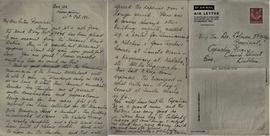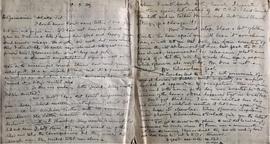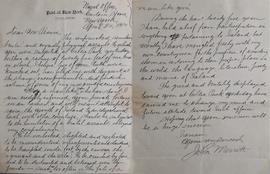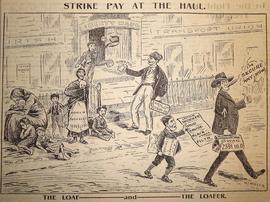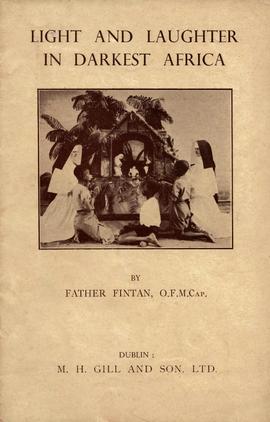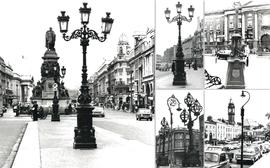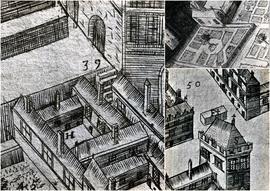Letters of Fr. Timothy Phelim O’Shea OFM Cap.
- IE CA AMI/3/4
- File
- 7 Jan. 1931-24 Feb. 1975
Part of Irish Capuchin Archives
Letters of Fr. Timothy Phelim O’Shea OFM Cap. (1902-1979). The correspondents include Fr. Kieran O’Callaghan OFM Cap., Provincial Secretary; Fr. Edwin Fitzgibbon OFM Cap., Provincial Minister; Fr. James O’Mahony OFM Cap., Provincial Minister; Fr. Colman Griffin OFM Cap., Provincial Minister; Fr. Conrad O’Donovan OFM Cap., Provincial Minister., and Fr. Clement Neubauer OFM Cap., General Minister. The subjects include: the progress of the Irish Capuchin mission in Barotseland and Livingstone, Northern Rhodesia; the Silozi catechism; the Loanja station; requests for financial assistance and loans for the Northern Rhodesian mission; missionary activities in Cape Town, South Africa; the recognition of five parishes in the Cape as coming under Irish Capuchin jurisdiction (1946); the Katima Mulilo mission station in the Caprivi Strip (1949); Fr. Phelim’s appointment as Regular Superior of the Victoria Falls Mission; the completion of the church at Langa (1949); the deaths of Fr. Eustace Burke OFM Cap. and Fr. Donatus Aherne OFM Cap. (1949); Educational matters in the missionary territories; the appointment of Fr. Killian Flynn OFM Cap. as Education Secretary General (1949); the need for more missionary sisters (Holy Faith Sisters, Sisters of Mercy, the Irish Sisters of Charity and the Franciscan Missionary Sisters of Africa); the opening of the church at the Holy Family Mission, Katima Mulilo. (Mar. 1954); the building of a new convent and girls’ boarding school at Maramba. (July 1953); his proposal to resign as Bishop of Livingstone ‘in line with the gradual Zambianization of the Hierarchy’. (10 Aug. 1969). Reference is also made to the activities of the following Capuchin friars: Fr. Casimir Butler OFM Cap.; Fr. Oliver O’Hanlon OFM Cap.; Fr. Timothy Connery OFM Cap.; Fr. Agathangelus Herlihy OFM Cap.; Fr. Seraphin Nesdale OFM Cap.; Fr. Eltin Daly OFM Cap. The file also includes a manuscript copy of an ‘Approved Prayer for the Conversion of Africa’ and a typescript copy of a ‘Spiritual portrait of Bishop Timothy Phelim O’Shea OFM Cap.’ by Fr. Salvator Quinn OFM Cap. (Livingstone, 1992). 19 pp.
O’Shea, Timothy Phelim, 1902-1979, Capuchin priest

